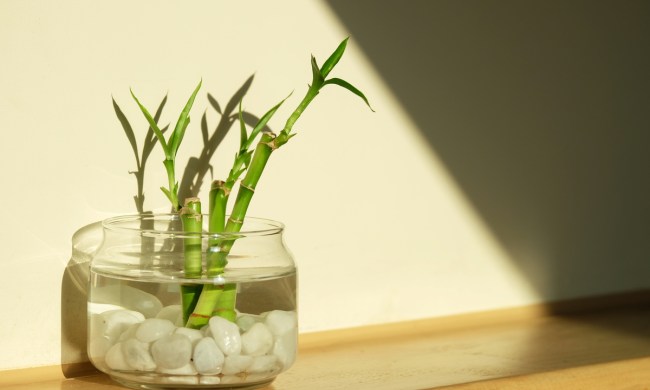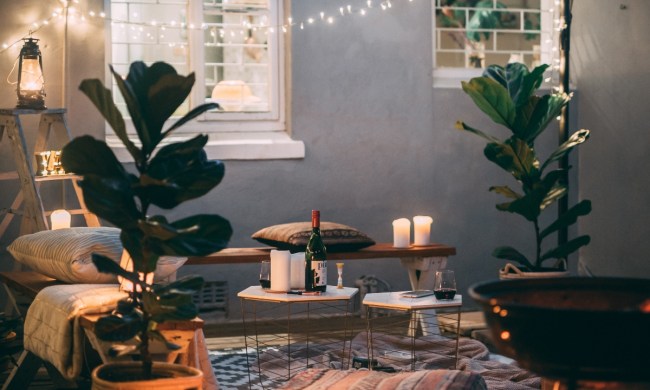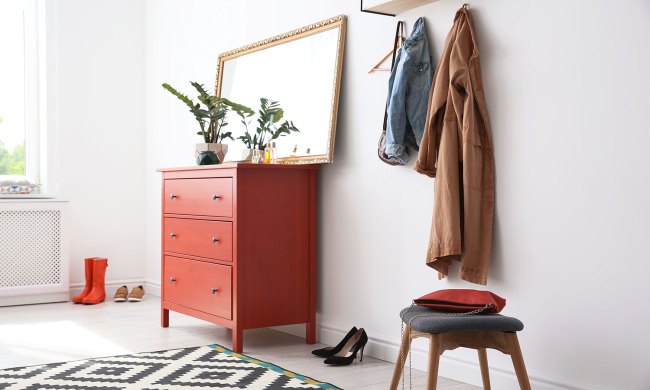Do you think taking care of plants requires hours and hours of time spent in dirt, following a watering schedule, choosing the right soil, and pruning flowers? Have your past endeavors into horticulture resulted in dried-up leaves or sad-looking stems? It’s happened to the best of us, but it doesn’t mean you need a green thumb to have some greenery at home. With basic maintenance, anyone can take care of these houseplants that are nearly impossible to kill. Plus, those terrariums are ready nice to see in any room.
Basics of plant care
While you don’t have to have a degree in botany to keep these plants alive and thriving, you do need to do a few simple things. First is finding adequate space in your home or office with at least a decent amount of sunlight. Some of the plants will do great even when they aren’t placed in full sunlight all day, but put in an interior, dark corner of your home or office is not the ideal location.
Make sure to have the right pot for your plant. If you’re buying them at a nursery or through one of the many online services, there is a good chance you already have the correct size. However, before you attempt to carefully repot your houseplant to a bigger container to allow further growth, you want to make sure that you ask an expert first.
Bio Advanced advises, “In a too-large pot, soil dries slowly, making your plant more susceptible to root rot. When a plant is too large for its pot, it also has a tendency to tip over. In a too-small pot, soil dries so quickly that you’ll be challenged to water frequently enough. Your plant could become root-bound and exhibit stunted growth.”
Bio Advanced also recommended to switch to a pot 2-4 inches larger in diameter when transferring an over-growing plant. “Select the larger size pot for plants that grow quickly. For slow growers, a pot that’s 1-2 inches larger works well,” they ended.
Find out how much to water your plant progeny. Some plants come with labels that explain the kind of light and the amount and frequency of water needed. But you can always ask a nursery employee or do a simple internet search to figure it out.
The best part is there are plants that don’t require that much watering, and there are even devices like plant-watering globes that sit in the soil and automatically release water as moisture levels in the soil decrease.
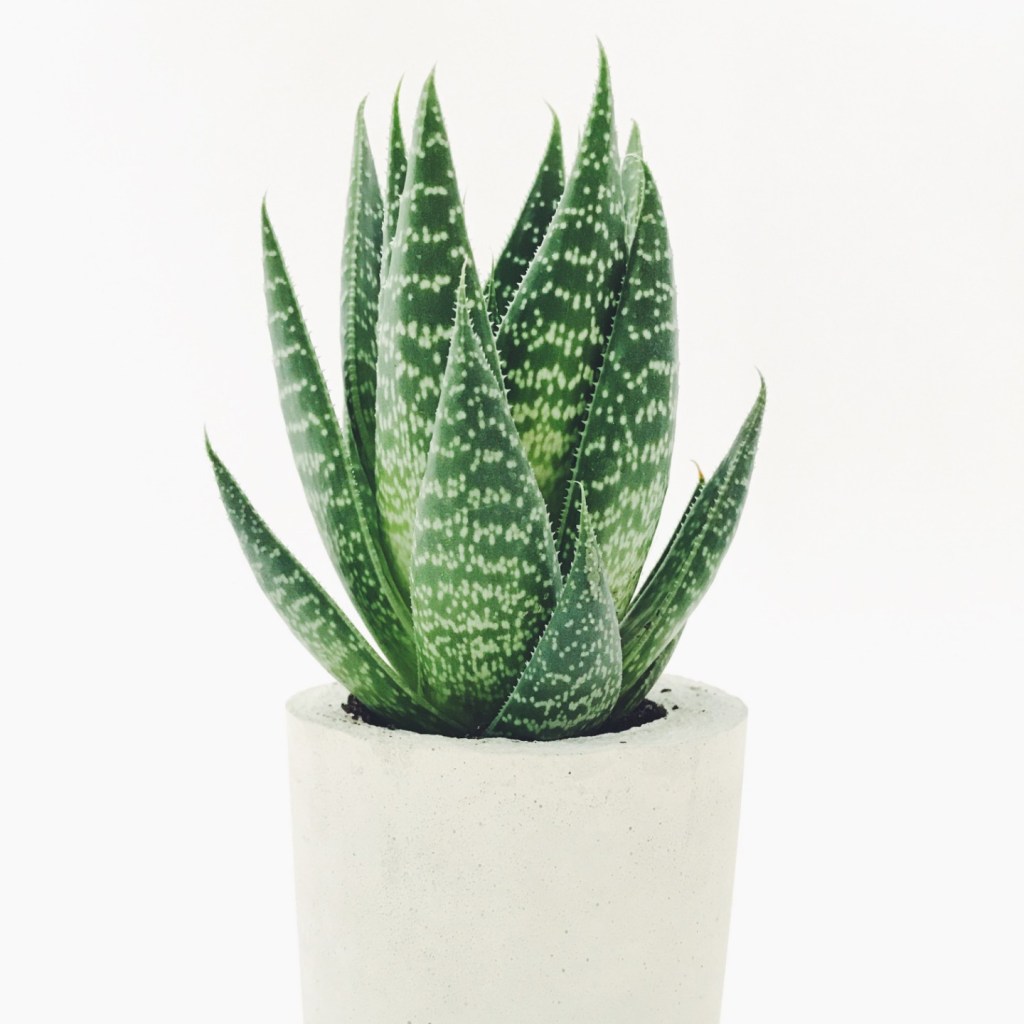
Aloe vera
Aloe vera falls under the succulent category of plants that are going to be your best friend when you’re a novice plant owner. Succulents require little water, and you’re even supposed to allow the soil to dry out between waterings. The aloe plant loves indirect and bright sunlight, so even if you don’t have space in a window sill, you won’t kill it. It will even survive in cooler temperatures, to a certain extent, and can survive in the same pot for years. As a bonus, you can split open a leaf and apply the gel directly to your skin. It’s great for daily moisture, burns, sunburns, and healing scars.
The DIY Network states, Aloe vera really only needs to be watered “as little as every two to three weeks.”
Just watch out if you have dogs or cats because the plant is toxic to them.
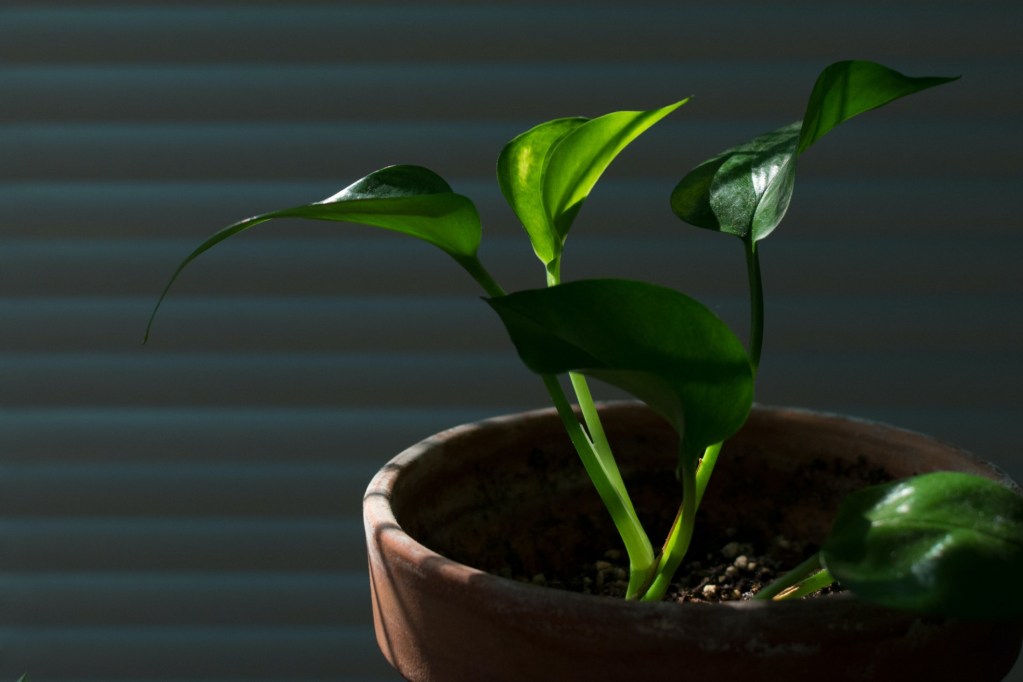
Money plant
This leaf and vine-filled plant goes by many names, including pothos, Hunter’s Robe, Devil’s Ivy, and Taro Vine, to name a few. What’s great about this plant is that it can thrive in direct or indirect sunlight. Even if you forget about it for weeks, it can grow up to 10 feet indoors. It has even been known to grow in the glare and hum of office lights, so it could be great to bring a bit of life to your cubicle. Of course, the more sun and water they are exposed to, the more it will grow.
Just the name of the plant makes you want to buy one. According to Ferns n Petals, a money plant brings in wealth, reduces stress, and –according to feng shui principles– absorbs radiation.
You can even cut the vines back in case they’re getting too long for your liking and place those in water to grow new, baby money plants. As with aloe however, these plants are toxic to dogs and cats, so a hanging pot out of their reach might be a good idea.
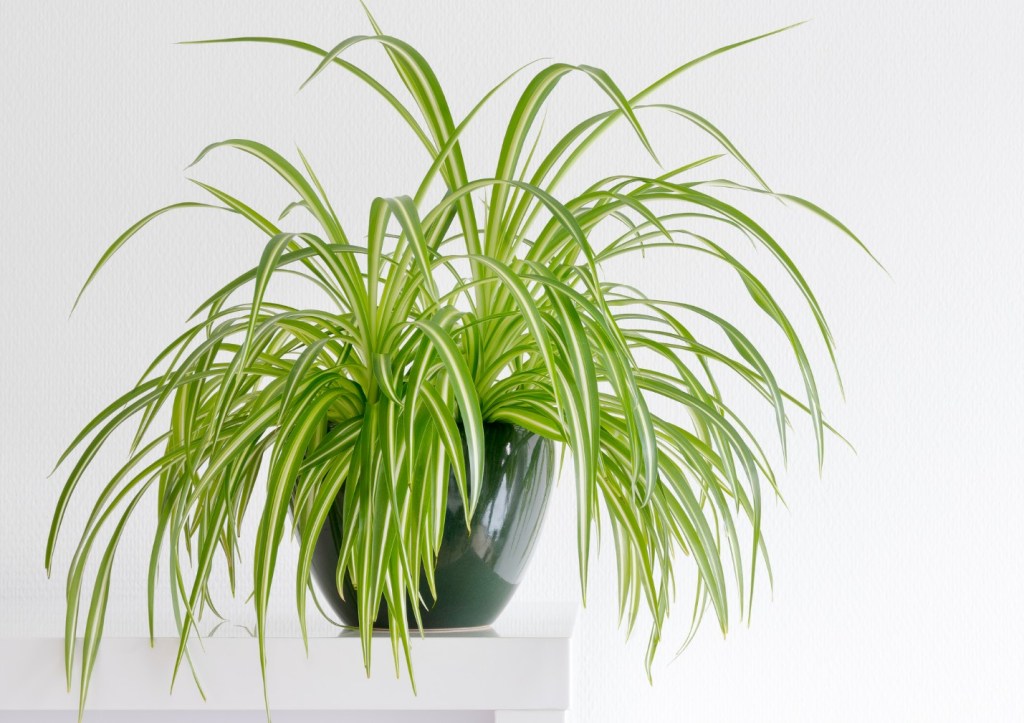
Spider plant
This spindly plant is both lovely to look at and easy to keep alive. Spider plants require more watering than the plants mentioned before, but don’t overdo it. The roots of these plants might rot if there’s too much water. Spider plants are incredibly forgiving and can thrive in all kinds of light. Of course, bright sunlight is great. You’ll even get baby spider plants growing, too, so you can take them to make more spider plants in new pots.
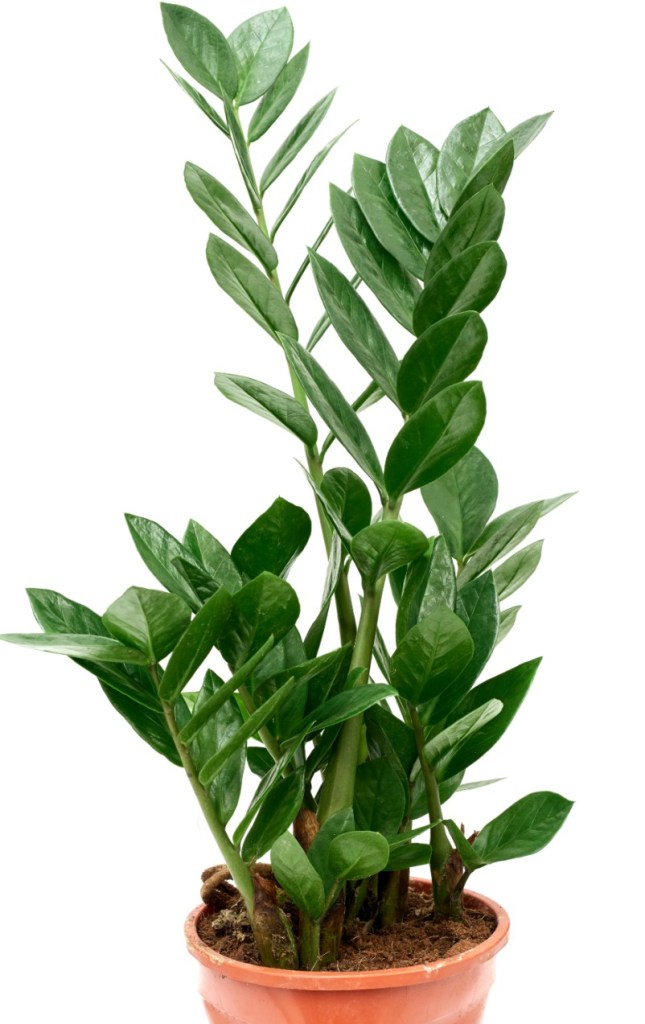
ZZ plant
The shiny, fleshy leaves of ZZ plants almost look fake, but they are alive and do well even if you neglect them for a while. What’s great about this plant is that it’s a succulent, so you can place it in pretty much any kind of light, and it will even last when you forget to water it sometimes (try not to forget, though). The plant gets fairly large, as well, growing 2 to 3 feet tall and wide.
One thing to watch out for: The ZZ is toxic to pets and children. If you get its sap on you, make sure to wash it off as it could cause some skin irritation.
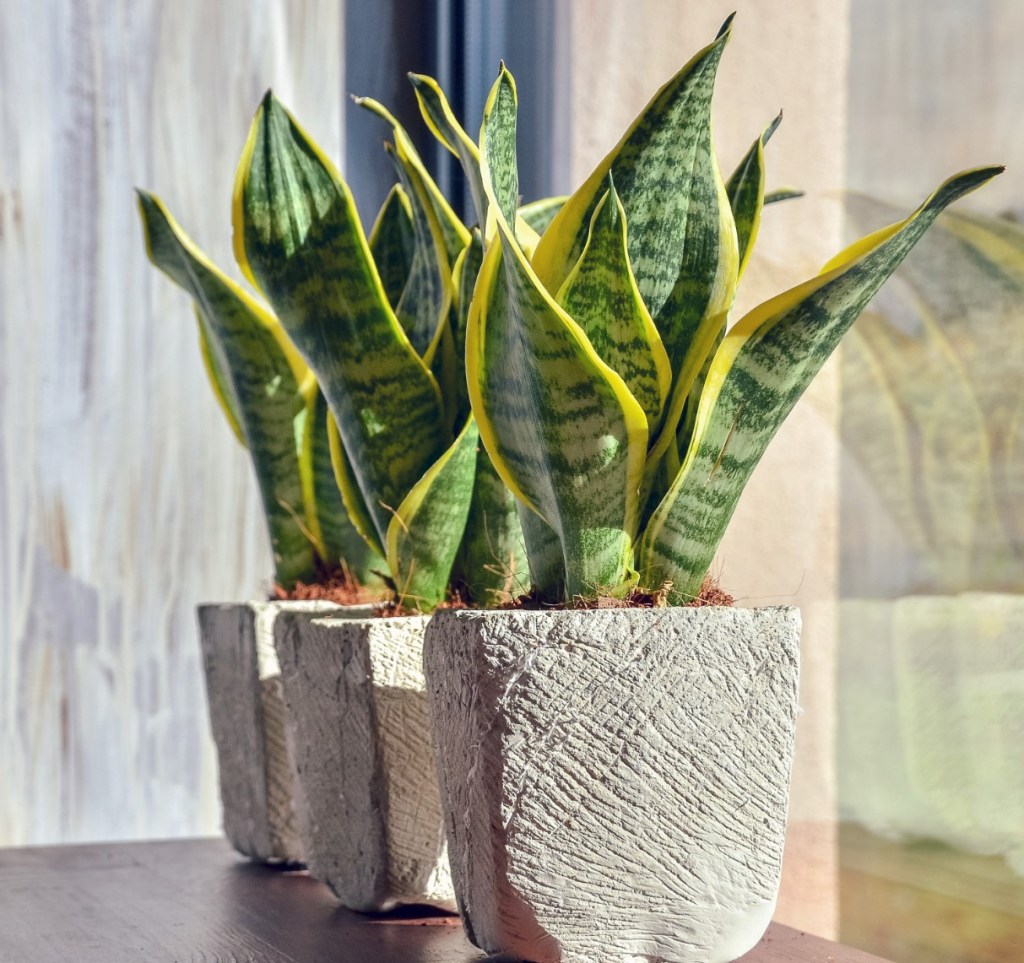
Snake plant
Another beautiful plant that almost looks like a glossy magazine image rather than a living thing, the snake plant is hardy and difficult to kill. Also known as Mother-in-Law’s Tongue and Viper’s Bowstring Hemp, this plant actually requires you to let the soil dry out before watering again, especially in the winter. Low-light environments are perfectly fine for these long-lasting, sharp leaves. The plant also gets major points for being a natural air purifier, as well.
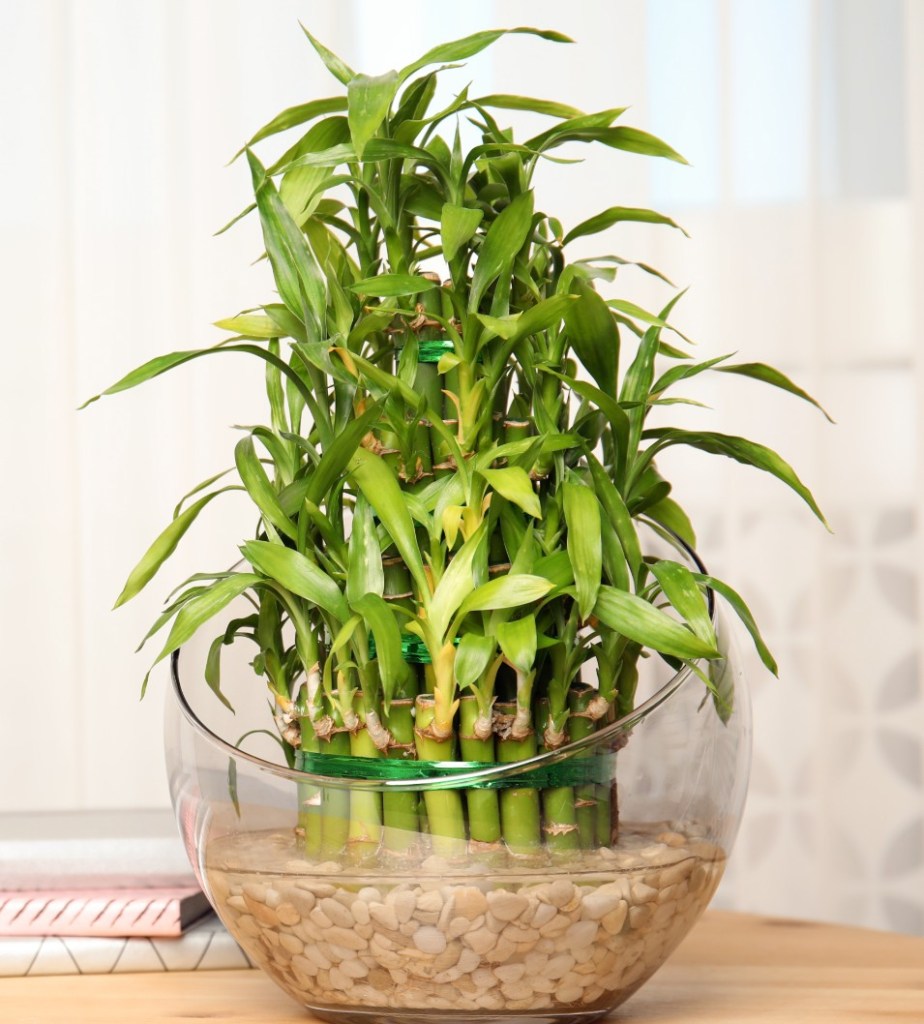
Bamboo
Other than being the preferred food for one of the most adorable mammals on the planet, this panda-food plant is great even for people who aren’t the best in caring for plants. And, it doesn’t even require soil. Bamboo is also said to bring luck, another plus for those of us lacking leaf and dirt skills. Just place a few shoots in a jar of water, and let the bamboo do the rest. Every few months or anytime you see the water changing color, just replace it and add a small drop of fertilizer to keep the luck coming.
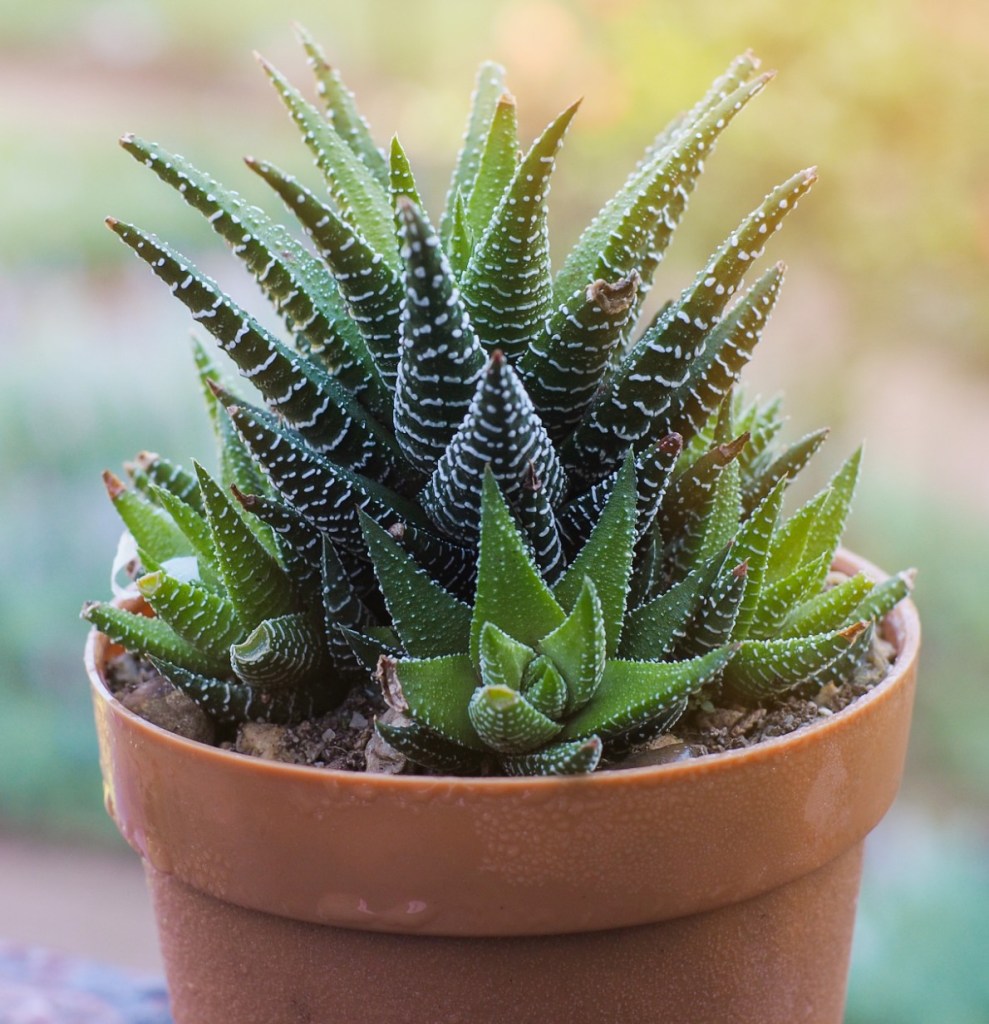
Zebra plant
Known for its patterned and bright green, purple, and pink leaves, the calathea, or zebra plant, is a hearty addition to any plant collection. This one might require a bit more maintenance than the others because you do have to keep it away from direct sunlight, so the leaves’ markings don’t fade. It does well in high humidity, so watering it about once a week or as often as needed to keep the soil a bit moist is a good idea. While it is a little bit more work, the beauty is worth it.
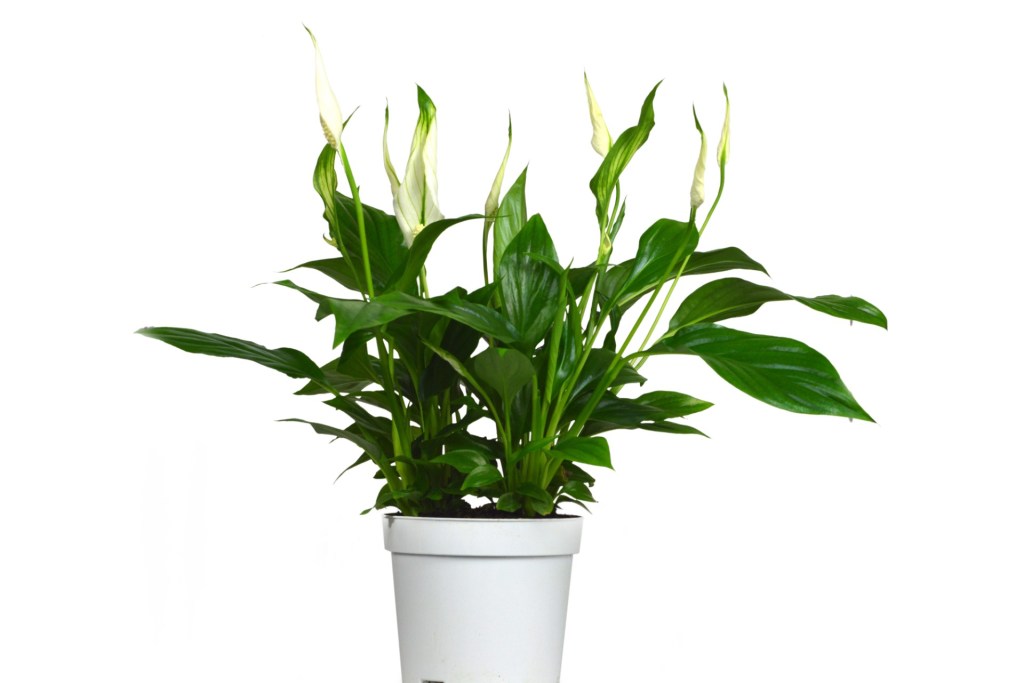
Peace lily
While all the plants on our list are easy to take care of, some might want more than just leaves to enjoy. That’s where the dramatic white blossoms of the peace lily come into play. It might look like it requires more time than you have to keep alive and fresh-looking, but if its flowers die, they will grow back with a bit of care. These plants thrive in humid conditions, so offices and drafty rooms are not the best place for them. It also does well in indirect sunlight. Plus, the plant will let you know when it’s parched — the drooping blossoms and leaves are a good sign that it needs more water. This is also another air-purifying plant, too.
Now that you have a list of plants that can survive even the most absent-minded plant owner, you can get started adding some greenery to your home or office. Most of these can even survive low light and you forgetting to water them, perfect for anyone just starting out in the world of houseplants. Just be sure the plants aren’t harmful for your pets, and if they are, place them where they won’t be reached.

